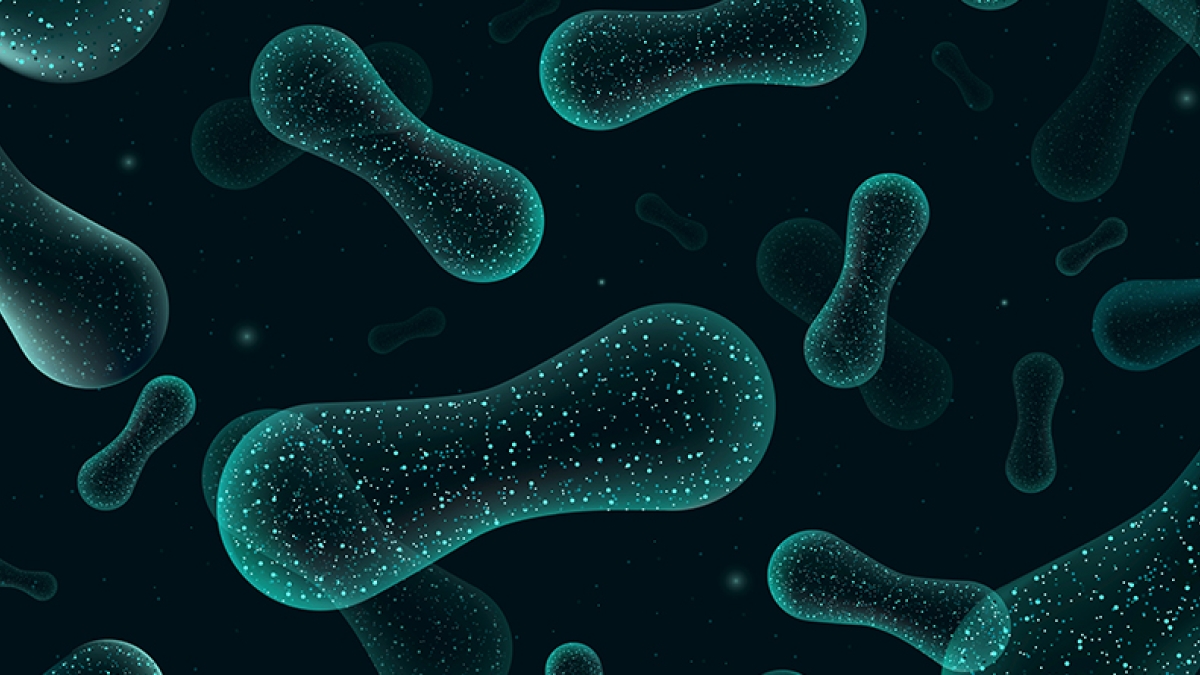Managing the microbiome raises new hope for autism treatment

The body's vast colonies of bacteria and other nonhuman cells are collectively known as the microbiome. In the gut, they perform a wide array of critical tasks. Researchers have found that those with autism spectrum disorder have an unusual microbial profile. Adjusting the gut microbiota by supplying healthy bacteria can help with both gastrointestinal and behavioral symptoms of the disease.
According to the Centers for Disease Research, 1 in 54 children is diagnosed with autism spectrum disorder each year, and the number has been rising. The disease causes perplexing, lifelong developmental disabilities, which usually arise during early childhood and affect social skills, communication, personal relationships and self-control.
In new research appearing in the journal mSphere, Arizona State University researchers Rosa Krajmalnik-Brown, James Adams and their colleagues highlight the crucial importance of bacterial microbes in the human gut for the diagnosis and treatment of autism spectrum disorder.
Autism is considered a “spectrum disorder,” characterized by a range of stereotypic behaviors that can affect people to varying degrees. While genetic correlates have been implicated, the full panoply of underlying causes of autism spectrum disorder remain murky. Despite the prevalence of the disease and its profound societal impact, no effective FDA-approved treatment for the disorder currently exists.
In earlier studies, the researchers observed the effects on autism spectrum disorder symptoms following the use of a revolutionary approach, known as microbial transfer therapy. The procedure, in which gut microbiota from healthy donors are transplanted into autism spectrum disorder patients over a period of seven to eight weeks, produced marked alterations in the autism spectrum disorder gut, improving both gastrointestinal and behavioral symptoms of the disease. Remarkably, symptom improvement continued for two years after completion of the study.
The new research takes a closer look at plasma and fecal metabolites altered through microbial transfer therapy.
Rosa Krajmalnik-Brown
According to Krajmalnik-Brown, professor at ASU’s School of Sustainable Engineering and the Built Environment, researcher in the Biodesign Swette Center for Environmental Biotechnology and director of the newly formed Biodesign Center for Health Through Microbiomes, “looking at metabolites is important because it can help us understand how microorganisms affect gastrointestinal symptoms and behavior. They can also be used as biomarkers.”
Indeed, analysis of 619 plasma metabolites in the new study showed a distinctive metabolic profile in autism spectrum disorder children prior to the microbial transfer therapy procedure. Careful investigation of metabolites in blood and feces, as opposed to simply tabulating microbial species in the gut, is crucial when trying to tease out the complex bacterial interactions, which can form both collaborative and competing networks, depending on the particulars of their environment.
Following the procedure, levels of key metabolites in plasma became more similar to levels in typically developing children, suggesting that this was a result of adjusting the constellation of bacteria to more closely resemble conditions in the normal healthy gut, including a marked increase in microbial diversity.
The new research highlights significant metabolic changes in plasma samples and more modest alterations in fecal samples.
James Adams
“It was exciting to identify many differences in metabolite levels between children with autism and typically developing children, and to observe that many of the metabolite levels improved after microbiome transplant,” said Adams, a professor at ASU’s School for Engineering of Matter, Transport and Energy and director the Autism/Asperger's Research Program at ASU.
Further research will help advance the understanding of the complex and vital interactions between the gut microbiome and neurological features associated with autism spectrum disorder and help fine-tune microbial transfer therapy, or other microbial based therapies, for greater effectiveness in mitigating symptoms of autism spectrum disorder.
More Science and technology

Indigenous geneticists build unprecedented research community at ASU
When Krystal Tsosie (Diné) was an undergraduate at Arizona State University, there were no Indigenous faculty she could look to…

Pioneering professor of cultural evolution pens essays for leading academic journals
When Robert Boyd wrote his 1985 book “Culture and the Evolutionary Process,” cultural evolution was not considered a true…

Lucy's lasting legacy: Donald Johanson reflects on the discovery of a lifetime
Fifty years ago, in the dusty hills of Hadar, Ethiopia, a young paleoanthropologist, Donald Johanson, discovered what would…

